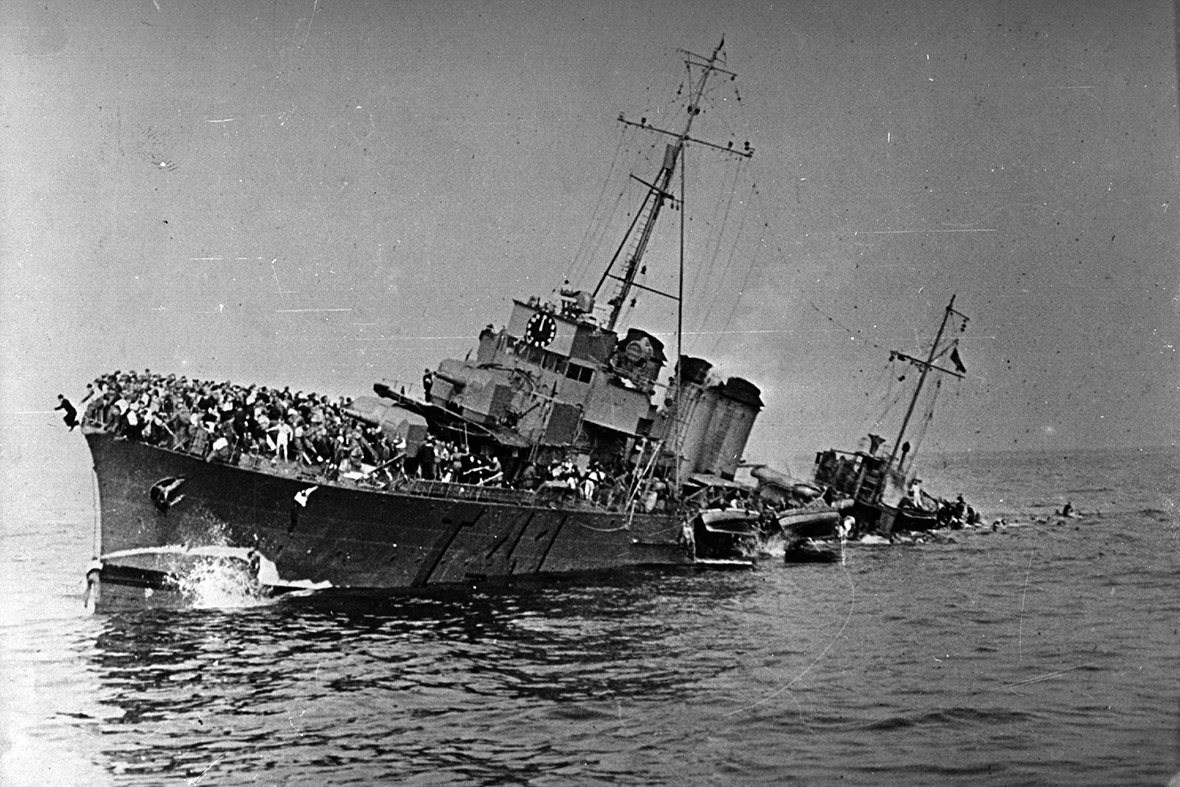

As there were not enough ships to transport the huge masses of men stranded near the beaches, the British Admiralty called on all British citizens in possession of any seaworthy vessels to lend their ships to the effort. On May 26, the British began to implement Operation Dynamo-the evacuation of Allied forces from Dunkirk. By May 19, 1940, British commanders were already considering the withdrawal of the entire British Expeditionary Force (BEF) by sea. The Allied armies, trapped by the sea, were quickly being encircled on all sides by the Germans. P/T/Skr.As the German army advances through northern France during the early days of World War II, it cuts off British troops from their French allies, forcing an enormous evacuation of soldiers across the North Sea from the town of Dunkirk to England. Frederick Arthur Ivone Kirkpatrick, RN (retd) Sunk by air attack off La Panne on 1 Juneĭamaged by air attack off Bray on 29 May left Dynamo for repair With Royal Daffodil transported 30th Brigade to defend Calais. Ronald de Leighton Brooke, RN (the First Lieutenant)ĭamaged by air attack in the Channel on 30 May left Dynamo for repair

Trevor G P Crick, RN (wounded 28 May) Lt. Hundreds of small privately owned craft, known as the Little Ships of Dunkirk, not listed here, were crucial in ferrying from the beaches to these larger vessels, whilst the majority of troops embarked directly at Dunkirk harbour. They were accompanied by several other vessels of allied navies, most notably the French, as well as many merchant ships, some previously requisitioned and converted for naval use, and others called into service from their civilian roles due to the urgency of the situation. The operation was administered by the British Admiralty with the Royal Navy providing the bulk of large vessels. This list consists of all major naval and merchant ships involved in Operation Dynamo, the evacuation of allied troops from the Dunkirk area from 26 May to 4 June 1940.


 0 kommentar(er)
0 kommentar(er)
